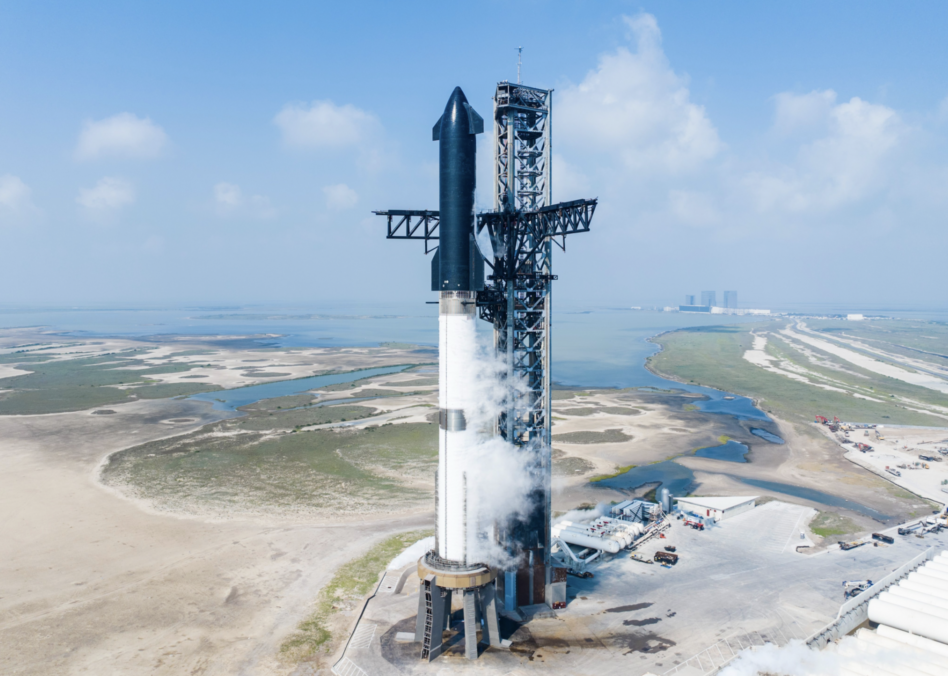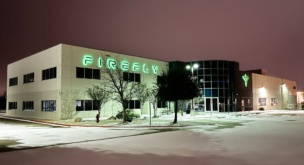Another Starship test flight is around the corner.
SpaceX announced Friday that it is targeting a June 5 launch for Starship’s fourth test flight as the company zeros in on controlling vehicle descent for recovery—a critical step toward the reusability that’s required for the cadence of flight predicted by officials.
“The fourth flight test turns our focus from achieving orbit to demonstrating the ability to return and reuse Starship and Super Heavy,” SpaceX wrote.
Closing out flight three: Starship’s third test on March 14 demonstrated significant improvements over previous tests. Key flight accomplishments include opening and closing Starship’s payload door, a propellant transfer demo, and Starship reentry.
But what ultimately led to the booster’s demise 462 meters over the Gulf and Starship’s reentry ka-boom 49 minutes into the flight?
- Booster: Just two of 13 landing engines managed to relight during its controlled water landing attempt.
- SpaceX blamed the engine-out issues primarily on liquid oxygen filter blockage. To address the problem, the company bolstered flight four hardware.
- Starship second-stage: Starship experienced a twisty-turny atmospheric reentry “with the ship seeing much larger than anticipated heating on both protected and unprotected areas.”
- SpaceX said that clogged valves caused an issue with attitude control, prompting the company to include additional roll control thrusters for flight four.
Having launched Starship IFT-3 just two months ago, a planned June 5 flight four date would continue the program’s improving launch cadence trend.
Flight turnaround times:
- IFT-1 to IFT-2: 212 days
- IFT-2 to IFT-3: 117 days
- IFT-3 to IFT-4: ~83 days (estimated based on June 5 target).
SpaceX is zeroing in on reusability as the next catalyst to further reduce the time between flights.
Flight four: Along with the aforementioned hardware changes, the company said it will jettison its hot-staging adapter (a shielded ring that allows its second-stage engines to start up before its booster engines shut off) post-use. Tossing the ring will enable Starship to reduce the booster’s mass and increase its chances of nailing a controlled water landing on what SpaceX calls a “virtual tower.”
A safer mishap: SpaceX said that since flight three debris did not land in a hazard area, the FAA can issue a license modification for flight four without closing its IFT-3 mishap investigation. The FAA, however, has not yet issued a license for the next test flight.
Wen pad landing?: SpaceX said that if all goes right with Starship four, they may attempt to catch a returning 71-meter-tall booster back at the Starbase pad on the next Starship flight.




